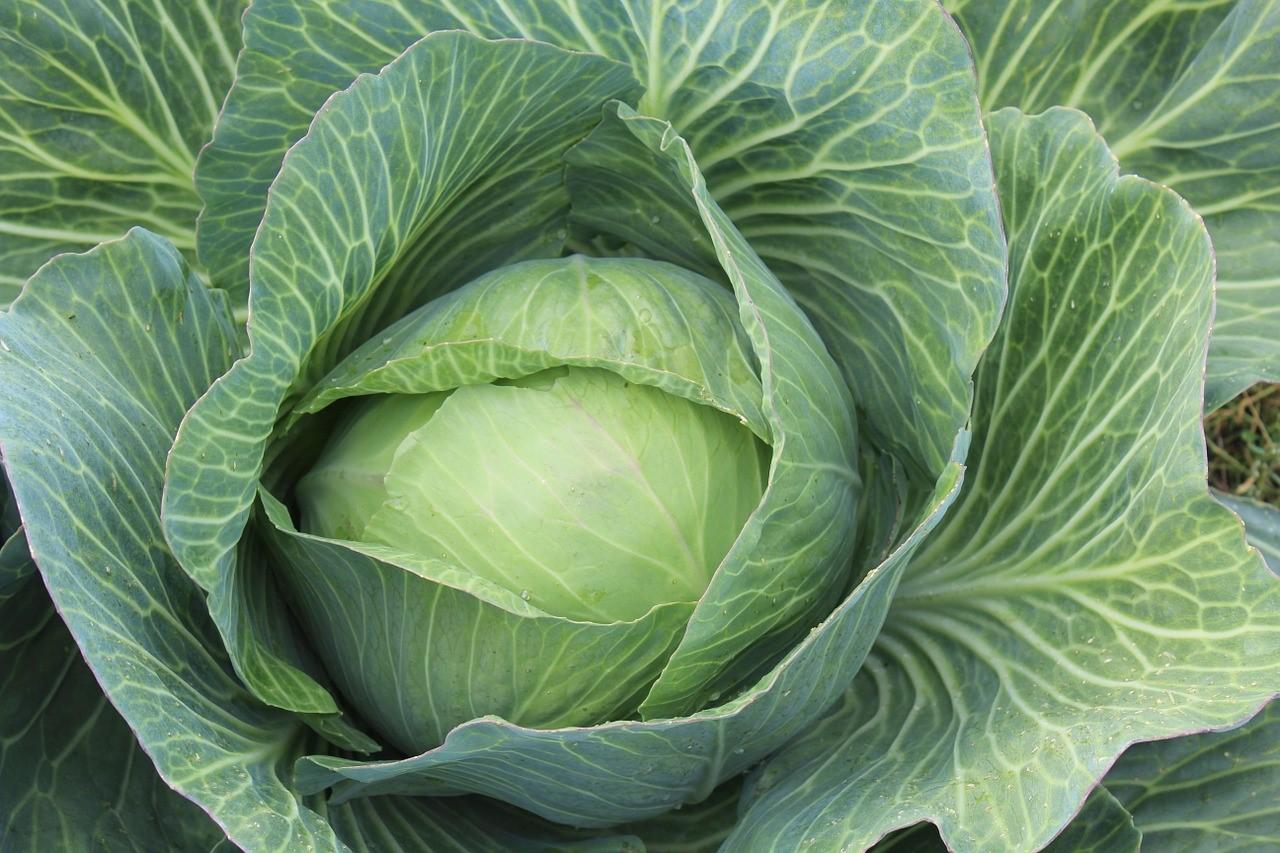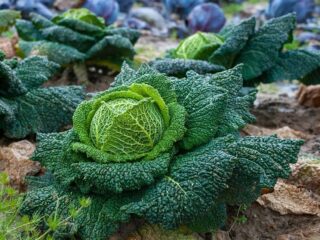Content
Cabbage varieties for the Leningrad region should be characterized by increased resistance to frost, temperature changes and other unfavorable factors. In the description, it is necessary to pay attention to the ripening time, resistance to disease, as well as the density of the wax coating. The main varieties suitable for North-West Russia are discussed in this article.
Climatic features of the region
The Leningrad region is located much further north compared to the middle zone. Therefore, when choosing a suitable variety, it is necessary to focus on the characteristics of climatic conditions:
- short summer - it is best to choose varieties of early and medium ripening;
- large amounts of precipitation - it is important to choose varieties that are resistant to different types of rot;
- There are many cloudy days - cabbage is planted only in a completely open area with maximum access to sunlight.
The best cabbage varieties for the Leningrad region
Quite a few varieties are suitable for the Leningrad region and neighboring regions - mainly early and medium ripening.The most productive crops with large heads of cabbage are described below.
June
June (June) is a domestic variety that is one of the first to ripen, which is what its name is associated with. From the appearance of the first shoots to the formation of large heads of cabbage, 3-3.5 months pass. It is grown by seedlings, and seedlings can be transferred to the ground in early May.
The leaves rise high above the surface, the rosette is quite large, up to 50 cm in diameter. Heads of this cabbage variety for the Leningrad region average from 1 to 2.5 kg, there are also individual specimens up to 5 kg. The shape is regular, slightly flattened. The color is light green, with a yellowish tint when cut. The heads of cabbage are dense – 4 out of 5 points.

The Iyunskaya variety ripens earlier than most other representatives of the crop.
Aggressor
Aggressor is a relatively new variety, bred in the early 2000s. in Russia. It is a first generation hybrid and is resistant to adverse weather, diseases and pests. They are grown both in Central Russia and in the Leningrad region, and in neighboring regions.
This cabbage variety matures in approximately 120 days. The leaves are round in shape, the rosette rises well above the ground. The heads of cabbage are large in size - the average weight is from 2.5 to 5 kg. The foliage is juicy, the taste is very good, the color is rich green, light yellow when cut.

The Aggressor variety produces large heads of cabbage of regular shape
Hope
Nadezhda (Hope) is another domestic cabbage variety for the Leningrad region. Received in the late 1960s.They are grown in almost all regions, including the Urals, Siberia and the Far East. The ripening period is four months. At the same time, it is recommended to plant seedlings in open ground in early May.
The foliage is round in shape, has a waxy coating, the color is green with a grayish tint. The forks are quite dense, medium, with a classic round shape. Weight reaches from 2.5 to 3.5 kg. The cabbage variety is very productive - from 12 to 14 kg can be harvested from each square meter. The Nadezhda variety has a very good taste both fresh and prepared.

Heads of Nadezhda cabbage in the Leningrad region can be stored for up to five months
Snowstorm
Vyuga (Blizzard) is a late-ripening variety of cabbage; heads of cabbage are formed in 130 to 160 days. Leaf rosette of vertical type, medium-sized foliage, green color with a grayish tint, less often dark green. The forks are quite large, weighing from 2 to 3.3 kg, sometimes up to 4-5 kg. Quite dense and does not crack.

The yield of this variety for the Leningrad region is 5-7 kg per 1 m2
Kharkov winter
Kharkiv winter cabbage – late ripening. Forks are formed in 160 days. The leaves are small, with a smooth surface, gray-green in color, and a strong waxy coating is noticeable.
The heads of cabbage are large in size, with an average weight of 3.5 to 4 kg. This ensures high yield - up to 4 kg per 1 m2. Well suited for fresh consumption and for preparations. A distinctive feature is long-term storage (subject to the right conditions until June), which is what the name of the crop is associated with.

The heads of cabbage are very large, regular in shape
Present
Another suitable variety for the climate of the Leningrad region is Gift.The ripening period is average, approximately four months. The leaves are medium in size, gray-green in color, with a moderate waxy coating. The mass is very large, on average from 2.5 to 4.5 kg. In this case, the inner stalk is up to 20 cm long.

The yield of this variety for the Leningrad region reaches 10 kg per 1 m2
Anniversary
Jubilee (Jubilee) is a hybrid variety of medium ripening. Forks are formed in 140-150 days. The rosettes rise above the ground, the wax coating is very dense, thanks to which the plant tolerates both frost and dry periods. The bushes are compact and do not occupy a large area. Moreover, the weight of each head of cabbage reaches 2.5 kg.

Heads of cabbage of this variety for the Leningrad region can be stored for up to five months
Siberian
Siberian (Siberian) is a medium-ripening variety. Heads of cabbage are formed in 110-120 days. The forks are round, small in size, up to 25 cm in diameter. At the same time, they are quite dense, weighing 2-3 kg, individual specimens up to 4 kg. The color is pale green, pure white when cut.
Sibiryachka is one of the best varieties that is suitable for the Leningrad region and other regions with cool summers. It can withstand even significant temperature changes. The forks are quite dense and store well (maximum period is four months). Used for all types of culinary processing, well suited for winter preparations.

The Sibiryachka cabbage variety produces dense heads of pale green color.
Megaton F1
Megaton F1 (Megaton F1) is another productive variety of Russian origin, suitable for cultivation in the Leningrad region. Ripens within 135-170 days. This is a first generation hybrid, it is resistant even to sudden drops in temperature and to many pests.The rosettes are quite large, rising slightly above the ground.
The foliage is large, regularly rounded, with wavy edges. The color is pale green, with a moderate waxy coating visible on the surface. Cabbage forks are quite large, round in shape, with a smooth surface. The inner stalk is small - it grows no more than 15 cm.
Heads of cabbage contain quite a lot of sugar - up to 5% by weight, so the taste is very good. The leaves are crispy and juicy. Great for pickles, but not recommended for use in salads.

Heads of cabbage are stored for no more than three months, so it is better to use them immediately for food or for preparations.
Cossack
The Kazachok variety is suitable for the climatic conditions of the Leningrad region and neighboring regions. Brought out in Russia in 1990. It is distinguished by very fast ripening times - only 100-110 days pass from the moment the sprouts appear to the harvest. They are grown by seedlings; seedlings are transplanted into the ground 50 days after planting.
The leaf rosettes are very large, slightly raised above the ground, reaching 60 cm in diameter. The foliage is small and round in shape. The color is rich green, with a noticeable bluish tint and a moderate waxy coating. The edges are slightly wavy.

The heads of this cabbage variety are quite dense, weighing on average about 1 kg
Crewmont
Crumont is a hybrid variety popular among summer residents of the Leningrad region. It has a long ripening period - heads of cabbage are formed in 170 days. Moreover, they are quite large, weighing on average 2 kg. The shape is round, slightly flattened. The consistency is dense, rated 4.5 out of 5 points. The leaf rosette rises slightly above the ground, and a strong waxy coating is noticeable on the surface.
The inner stalk is small and thin, so the yield of the main product is very high. Taste qualities are assessed as good. Moreover, it is worth keeping in mind that fresh foliage can give off a bitter taste, but after several months of storage it completely disappears.

Crumont is a hybrid, so it is resistant to all common cabbage diseases
Kolobok
Kolobok is another late-ripening hybrid: heads of cabbage are formed on average in four months. It is resistant to adverse weather conditions, therefore it is well suited for cultivation in the Leningrad region. The forks are very large, the weight reaches 4-4.5 kg. The outside color of the leaves is green, when cut they are white with a yellowish tint.
The taste is very pleasant, the leaves are juicy. Suitable for fresh consumption, but can also be used in preparations. Growing such cabbage will not be difficult, since the hybrid is not demanding. In addition, it is resistant to various types of rot, bacteriosis and fusarium. At the same time, it needs protection from the cabbage fly.

The productivity of the kolobok variety reaches 12 kg per 1 m2
Prestige F1
Prestige F1 - this hybrid is quite popular among summer residents of the Leningrad region and neighboring regions, despite the late ripening period. Heads of cabbage are fully formed within four months, sometimes 10 days later. Leaf rosettes rise well above the ground. The foliage is medium in size, green in color with a grayish tint, and has a noticeable waxy coating. The edges of the plates are slightly wavy.
The weight of the forks is on average from 2 to 3 kg, the stalks are small. They are distinguished by high density, which is rated 4.5 out of 5 points.One of the advantages of Prestige is its unpretentiousness and resistance to some diseases, including fusarium.

During ripening, the heads of cabbage maintain the correct position and do not fall to the ground
Features of growing cabbage in the Leningrad region
Cabbage in the North-West, as in most other regions, is grown only by seedlings. In this case, it is worth taking into account several cultivation features inherent in the conditions of the Leningrad region:
- Sowing seeds for seedlings begins only at the end of March or early April. Please note that at least 45 days must pass before planting.
- Almost all varieties of white cabbage are quite resistant to cold weather, but you still shouldn’t rush to transplant seedlings into open ground.
- Since even in May and June the temperature can drop significantly at night, it is recommended to create film shelters in the first month of cultivation. When the seedlings begin to set forks, the film can be finally removed.
- In the Leningrad region there is quite a lot of rain, so it is extremely important to comply with the watering norm. At first, cabbage is watered twice a week, then, if the soil is wet, water can be given only once every 7-10 days, depending on the weather forecast.
Conclusion
Cabbage varieties for the Leningrad region can be grown in much the same way as in other regions. If you choose the right crop, it will give a good harvest even in bad summers. But at the same time, do not forget about film shelters and adjust watering depending on the weather.








